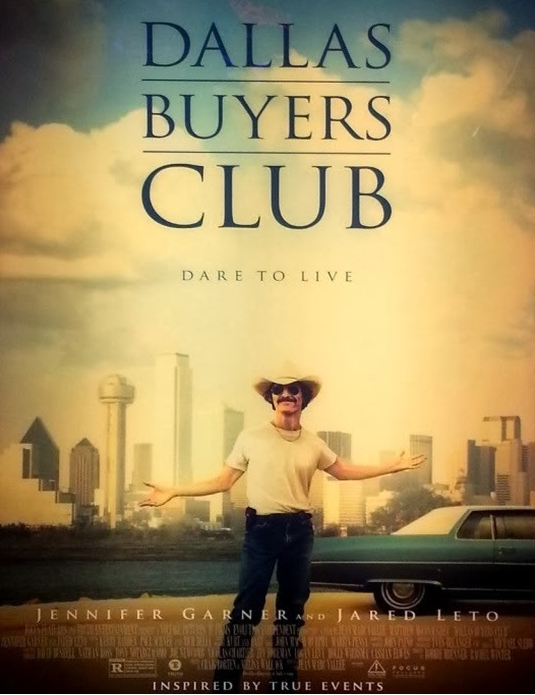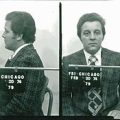
Casino: Separating Fact from Fiction – A Deep Dive into Las Vegas History
Introduction
Martin Scorsese’s 1995 crime drama film “Casino” is a cinematic masterpiece that delves into the gritty underworld of Las Vegas casinos. Set in the 1970s and early 1980s, the movie portrays a turbulent period in Las Vegas history when organized crime had a significant influence on the city’s casino operations. While “Casino” is a compelling narrative filled with memorable characters and dramatic moments, it’s essential to distinguish between the fictional elements and the real events and individuals that inspired the story.
In this article, we will explore the connections between the movie “Casino” and actual Las Vegas history in even greater detail. We will highlight some of the famous characters in the film who were based on real people, providing in-depth profiles of each to shed light on their real-life counterparts.
The Setting: Las Vegas in the 1970s and 1980s
Before diving into the characters, it’s crucial to understand the historical context in which “Casino” is set. Las Vegas during this period was a city undergoing profound changes. The 1970s saw the rise of corporate influence in the casino industry, gradually pushing out the influence of organized crime. It was also a time of extreme wealth and excess, with casino profits soaring to unprecedented heights.
Fictional vs. Real Characters
“Casino” features a cast of characters, some of whom closely resemble real individuals who played pivotal roles in the Las Vegas casino scene during that era. Let’s explore these characters and their real-life counterparts in greater depth.
1. Ace Rothstein (Fictional) – Based on Frank “Lefty” Rosenthal (Real)
Profile: Frank “Lefty” Rosenthal
Frank “Lefty” Rosenthal, portrayed by Robert De Niro as Ace Rothstein in the film, was a highly influential figure in the Las Vegas casino world. He was not only a sports handicapper and expert odds-maker but also a meticulous and shrewd casino operator. Rosenthal managed several casinos for the Chicago Outfit, including the Stardust and the Hacienda.
In “Casino,” Ace Rothstein is depicted as a methodical and savvy casino manager, drawing inspiration from Rosenthal’s real-life role. Both men faced similar challenges, including dealing with the Nevada Gaming Control Board’s relentless scrutiny. It’s worth noting that Rosenthal’s career in Las Vegas did meet a somewhat less dramatic end than Ace’s fate in the film.
2. Nicky Santoro (Fictional) – Based on Anthony “Tony the Ant” Spilotro (Real)
Profile: Anthony “Tony the Ant” Spilotro
Joe Pesci’s character, Nicky Santoro, closely resembles the real-life Chicago mobster Anthony “Tony the Ant” Spilotro. Tony was a ruthless enforcer and a childhood friend of Lefty Rosenthal. He was sent to Las Vegas to protect the interests of the Chicago Outfit.
In “Casino,” Nicky Santoro is portrayed as a violent and volatile character, mirroring Tony Spilotro’s reputation for brutal tactics and his ultimate demise. Tony Spilotro’s life ended tragically when he was brutally murdered in 1986, buried in a cornfield, marking a grisly end to his criminal career.
3. Ginger McKenna (Fictional) – Based on Geri McGee (Real)
Profile: Geri McGee
Sharon Stone’s character, Ginger McKenna, is loosely based on Geri McGee, a woman with a tumultuous life in the Las Vegas casino scene. Geri was married to Frank Rosenthal (Ace Rothstein) and had a passionate but volatile relationship with him.
In the movie, Ginger is portrayed as a glamorous and troubled character who struggles with addiction, reflecting Geri McGee’s real-life battles with drugs and a tragic end. Geri died of a drug overdose in 1982.
4. Frank Marino (Fictional) – Based on Frank Cullotta (Real)
Profile: Frank Cullotta
The character Frank Marino, played by Frank Vincent, is inspired by real-life criminal Frank Cullotta. Cullotta was a close associate of Tony Spilotro and played a significant role in the criminal activities depicted in “Casino.”
In real life, Cullotta turned government witness, testifying against his former associates and providing valuable information to law enforcement. His cooperation with the authorities led to the downfall of several key figures in the Chicago Outfit.
Conclusion
“Casino” is a work of fiction that draws heavily from the rich tapestry of Las Vegas history and the characters who shaped it. The film offers a glimpse into a bygone era when organized crime and corporate interests clashed for control of the city’s lucrative casino industry. Understanding the real people who inspired these fictional characters adds depth and intrigue to the viewing experience, reminding us that truth can be just as compelling as fiction in the world of Las Vegas casinos. The movie serves as a captivating window into a captivating period in Las Vegas’s past, where glamour and crime were intertwined in a complex dance.






